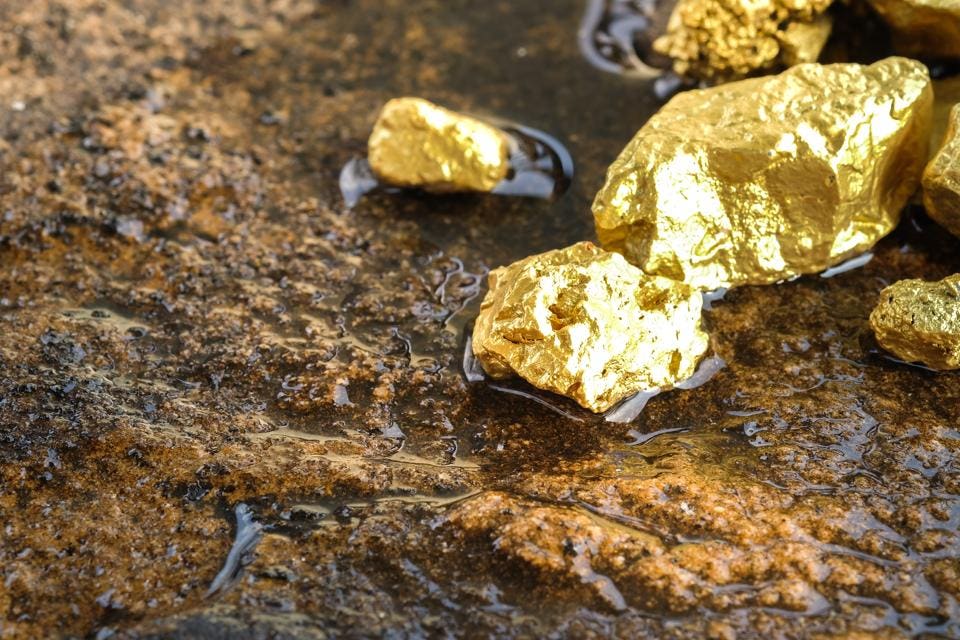Mining plays a crucial role in the extraction of valuable minerals from the Earth's crust. The process involves various methods, each tailored to the specific characteristics of the mineral deposit. In this article, we will delve into the two primary mining methods used to extract minerals: physical and chemical extraction techniques. By understanding these methods, we can gain insights into the intricate processes involved in mineral extraction.
Physical Extraction Methods:
Physical extraction methods involve the use of mechanical force to separate minerals from the surrounding rock or ore. These methods are often employed when the mineral is present in a solid state and can be physically separated. Let's explore some of the commonly used physical extraction techniques:
- Open-pit Mining:
Open-pit mining is a widely used method for extracting minerals that are close to the Earth's surface. It involves the excavation of a large open pit or quarry, where heavy machinery is used to remove the overlying soil and rock layers. This exposes the mineral deposit, allowing for its extraction. - Underground Mining:
Underground mining is employed when minerals are located at significant depths below the surface. This method involves the construction of tunnels and shafts to access the mineral deposit. Various techniques such as room and pillar mining, longwall mining, and block caving are utilized to extract the minerals efficiently and safely.
Chemical Extraction Methods:
Chemical extraction methods are employed when minerals are present in a chemically bound form and cannot be easily separated through physical means. These methods involve the use of chemical reactions to break down the mineral compounds and extract the desired elements. Let's explore some of the commonly used chemical extraction techniques:
- Leaching:
Leaching is a widely used chemical extraction method that involves the use of a solvent to dissolve the desired minerals from the ore. The solvent, often a weak acid or alkaline solution, reacts with the mineral compounds, forming soluble complexes. These complexes are then separated from the remaining solid material, resulting in the extraction of the minerals. - Smelting:
Smelting is a chemical extraction method primarily used for extracting metals from their ores. It involves heating the ore to high temperatures in the presence of a reducing agent, such as carbon or a chemical flux. The heat and the reducing agent cause the mineral compounds to undergo chemical reactions, resulting in the separation of the desired metal from the ore.
Conclusion:
In conclusion, the mining industry employs a variety of methods to extract minerals from the Earth's crust. Physical extraction methods, such as open-pit mining and underground mining, are used when minerals can be physically separated from the surrounding rock. On the other hand, chemical extraction methods, including leaching and smelting, are employed when minerals are chemically bound and require chemical reactions for extraction. By understanding these methods, we can appreciate the complexity and diversity of mineral extraction processes.


More Stories
Choosing the Right JA Solar Panel Model for Your Needs
Why 51.2V Low Voltage LFP Batteries Deliver Exceptional Lifespan and Cycle Durability?
Unlocking Smart Energy: Key Benefits of a 3 kW Hybrid Grid Solar Inverter